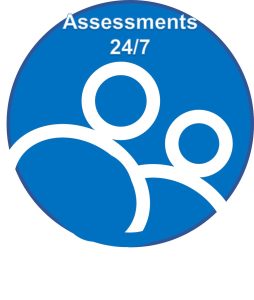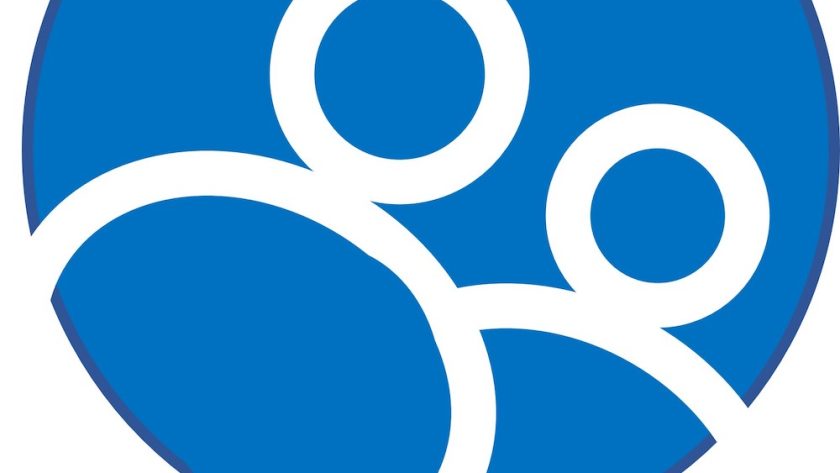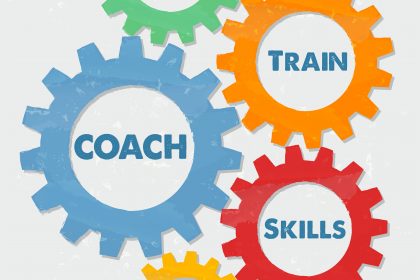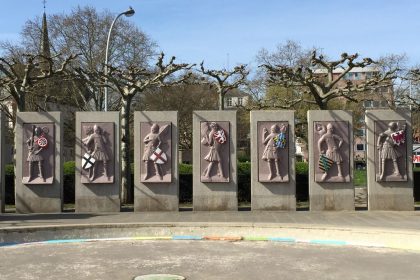Published with Permission from Assessments 24/7.
This is a Monday blog series; our regular coaching blog will be published on Thursday’s.

This blogs series has explored DISC styles, working with, and adapting to each, and tips on how to adapt to each DISC style. The perspective here is developing people, helping them make decisions, and motivating them based on their DISC style.
Developing the four styles:
Dominance – High “D” Style
- Focus on the big picture.
- Cover basic steps/ high points quickly.
- Show them the simplest, fastest route to get them to their stated destination.
- Tell them what is to be done by when.
- Help them find shortcuts Connect concept with their highest value.
Influence – High “I” Style
- Release information in chunks.
- Skip details and boring material.
- Get them involved kinesthetically.
- Let them show you what they are learning.
- Be slow to criticize and quick to praise.
- Let them teach a concept to others.
Steadiness – High “S” Style
- Use one-on-one, hands-on instruction.
- Start at the beginning & end at the end.
- Let them observe others before trying.
- Provide a step-by-step list of procedures or a working timetable/ schedule.
- Allow plenty of repetition for their actions to become second nature and more routine.
- Use a pleasant and patient approach in small group settings.
Conscientious – High “C” Style
- Point out the most important things to remember first.
- Demonstrate in an efficient, logical manner, stressing the purpose of each step.
- Proceed slowly, stopping at key places to check for their understanding.
- Ask for possible input, especially regarding potential refinements.
- Build up to the big picture.
Helping people reach decisions:
Dominance – High “D” Style
- D’s tend to make autonomous, no-nonsense decisions.
- If the decision will help them meet their goals, they go for it; if not, they say no.
- One of the few times they put off reaching a conclusion is when it takes too much time/ effort to do the homework to determine the best alternative.
- Prevent this procrastination by simply providing a brief analysis of each option.
Influence – High “I” Style
- They want to avoid discussions of complex, negative-sounding, messy problems.
- Frame suggestions in a positive light.
- They are open to your suggestions-as long as they allow them to look and feel good and don’t require a lot of difficult, follow-up, detail work, or long-term commitments. “You know just about everybody, George. Since we need to get $350 in pledges by the end of February, why not go ahead and wrap up all your calls by Friday? Then you can relax a lot more next week.”
Steadiness – High “S” Style
- Deal with only one subject or situation at a time, one step at a time.
- Before moving on to other items, make sure they are ready, willing, and able to do so.
- Remain calm and relaxed.
- Encourage them to share their suggestions as to how the decision might be made in a way that is likely to add even more stability to the current conditions: “Would you mind writing down a schedule of your office’s activities so I can write my proposal without missing anything?”
Conscientious – High “C” Style
- Confirm they are open to discussing the problem or decision.
- If they are not ready, either set a definite time that’s better for both of you or explore their concern in even pursuing this subject.
- Give them time and space to think clearly.
- When the situation is being explored, review your impression of the process: “My understanding is you’d like to think it over and figure out what time commitment you’d be able to make to the group. When may I call you about your decision?”
Motivating the four styles:
Dominance – High “D” Style
- Lead with the big picture.
- Provide them with options and clearly describe the probabilities of success in achieving goals.
- Allow them the opportunity to make choices.
- Set boundaries but let them take charge.
Influence – High “I” Style
- Provide “special” incentives to inspire them to go the whole nine yards.
- Show them how they can look good in the eyes of others.
- Create short-term contests that do not require long-term commitment.
- Reward them in front of others.
- Let them speak about their achievements.
Steadiness – High “S” Style
- Show how their work benefits others.
- Show how the outcome will provide security for their family.
- Connect their individual work to the benefit of the whole team.
- Get them to see how their follow-through links to a greater good.
- Show how it can strengthen their relationships with others.
Conscientious – High “C” Style
- Appeal to their need for accuracy and logic.
- Keep your approach clear, clean and procedural.
- Better yet, provide illustration and documentation.
- Avoid exaggeration and vagueness.
- Show them how this is the best available current option.
Come back for the next blog with tips for complimenting, counseling, and correcting the DISC styles.





